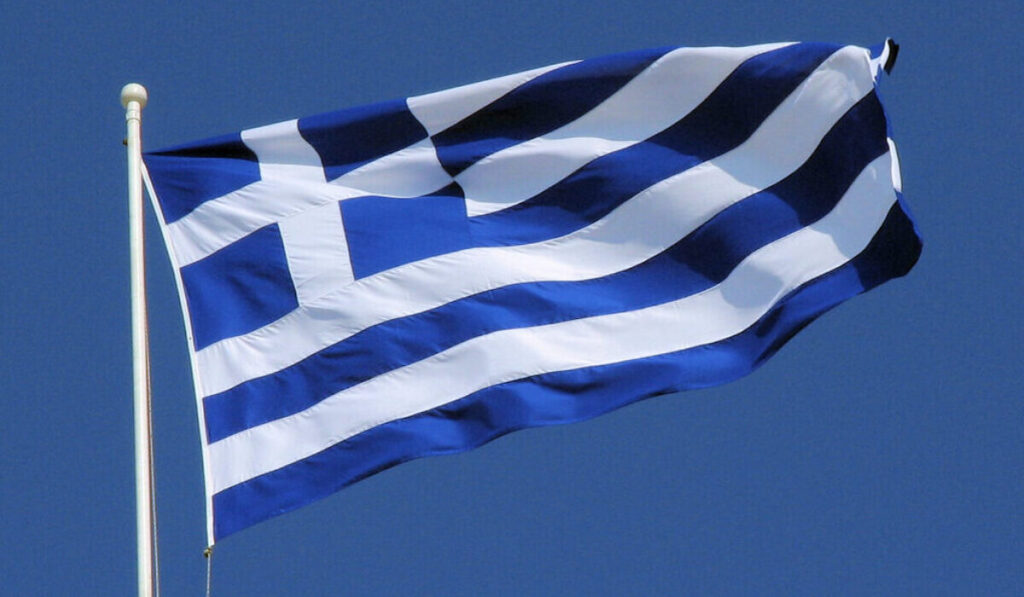A nation’s economy dictates its ability to compete on an international stage, over time government overspending and overborrowing has led Greece to financial crisis. Greece has repeatedly faced bankruptcy; its consolidated gross debt has surpassed 200% of GDP1 (Petrakos et al., 2022). Greece surpassed its gross debt making borrowing money impossible and higher debt, the Euro has traded higher than the USD, and through the course of 2 years trades at the same rate (1.07). The single currency plummeted 12 per capita against the US dollar (Paul 2022). The Eurozone in its attempts to rescue Greece implemented debt relief packages, where the eurozone finance ministers implied that Greece would need much more help. Greece had to implement various reforms and maintain primary budgets to prevent debt from taking over (Economic Swot 2023). This shows the pressure on Greece to be aware of their spending to be able to meet quotas, not taken into account will result in unwieldy debt.
Greece in its attempt to recover its economy brought the ideas of international growth, developing an economic slump. The year 2023 brought the largest contribution (15.5%) towards the GDP, with national funds and EU funds being invested in public investment eventually transforming Greece into an attractive investment (Pelagidis & Kostika, 2023). In regards to fashion, attracting investors was easy since the fashion industry has been a growing market, and with technology being on the rise, Greek designers are gaining recognition globally. The Greek fashion e-commerce market has been predicted to reach $1,648.9 million by 2023 (Apparel eCommerce Market in Greece, 2022). A Strong performance increase of 40% as well as the gross fixed capital investment increase of 8.2% both contributed to an economic growth of 8.3% (Loannidis et al., 2023). Particularly, it was unexpected for the Greek economy to recover, but currently going through stages where it increases and evolves, with the help of technology and investing in e-commerce it has exceeded all expectations.






